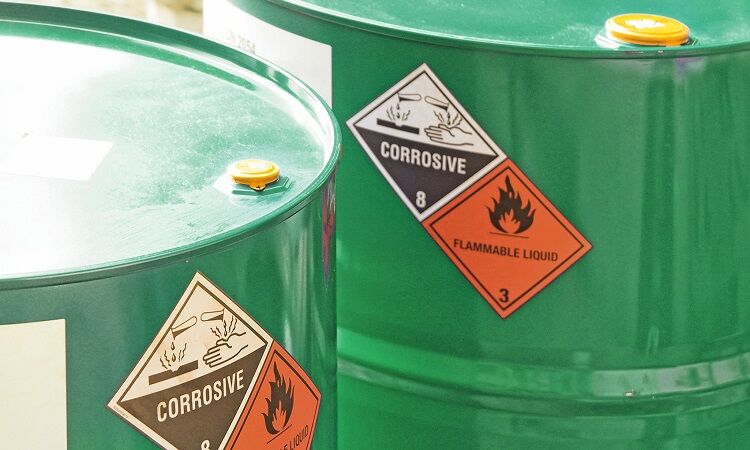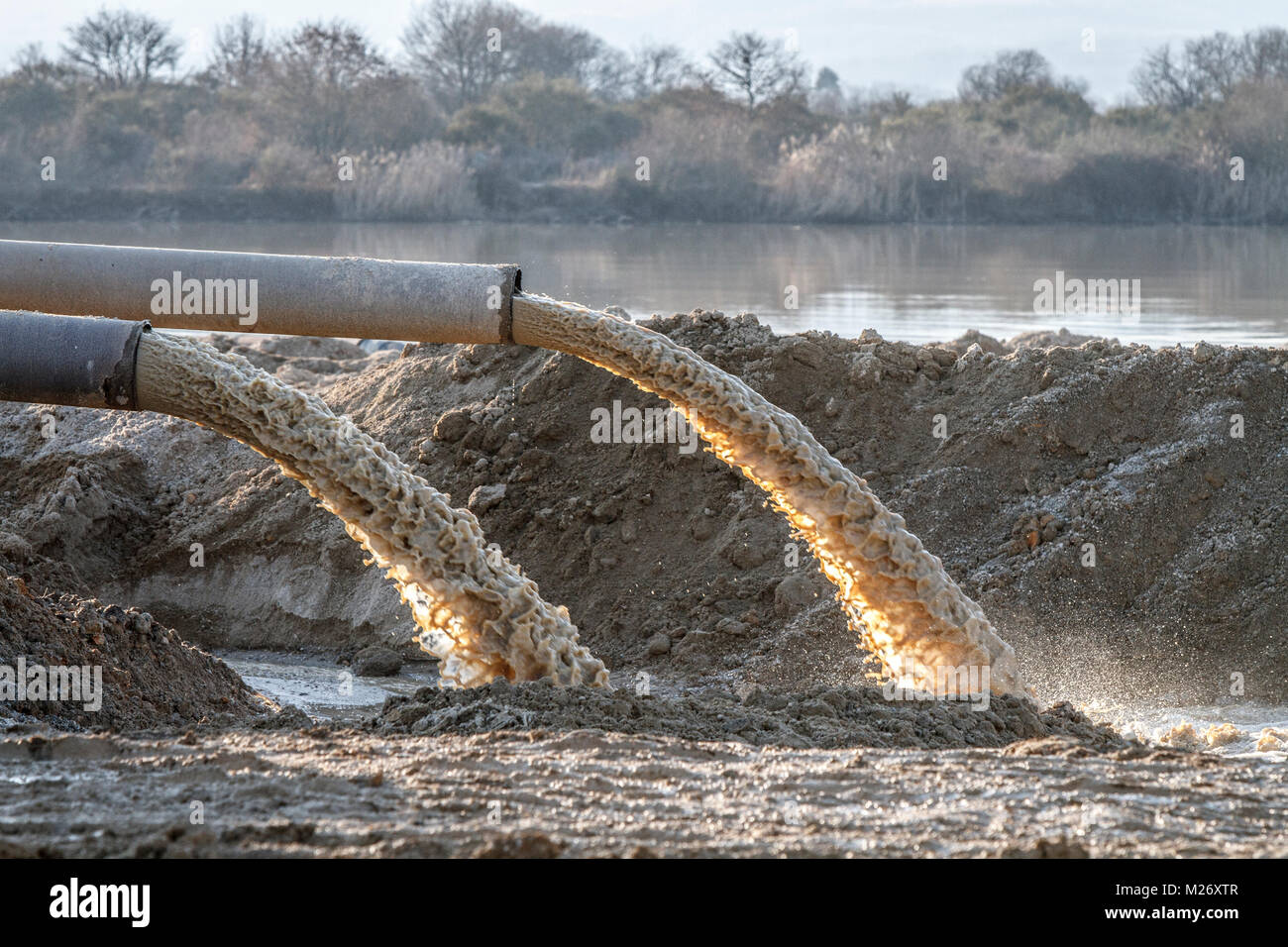Exactly How Fluid Waste Disposal Functions: A Thorough Introduction of Methods and Technologies Utilized

Summary of Fluid Waste Kind
The intricacy of liquid waste kinds demands a comprehensive understanding of their qualities and ramifications for disposal. Liquid waste can extensively be categorized right into numerous kinds, consisting of commercial, community, farming, and harmful waste. Each classification shows distinctive residential properties, requiring specific administration methods to mitigate environmental and health risks.
Industrial fluid waste stems from manufacturing procedures and usually contains a series of pollutants, such as heavy steels, solvents, and natural compounds. Local fluid waste, mostly consisting of wastewater from families and industrial facilities, consists of natural issue, nutrients, and microorganisms (industrial wastewater treatment). Agricultural fluid waste, including overflow from ranches, might have plant foods, pesticides, and animal waste, presenting risks to water quality and ecological communities
Hazardous fluid waste is characterized by its toxicity, sensitivity, or prospective to trigger injury. Comprehending these varied fluid waste kinds is essential for creating effective disposal approaches and ensuring conformity with environmental guidelines.
Physical Therapy Techniques

Screening is the preliminary action, where bigger fragments and particles are removed from the fluid waste using displays or grates. This process protects downstream tools from damage and ensures smoother operation. Following testing, sedimentation uses gravitational pressure to separate solids from liquids. In sedimentation tanks, larger particles settle at the bottom, forming a sludge layer, while the made clear liquid can be more dealt with.
Filtration is an additional crucial technique that includes passing the fluid via permeable materials, such as sand or membranes, to catch smaller sized particles. This action improves the quality of the fluid, making it suitable for subsequent therapy processes.

Chemical Therapy Techniques
Chemical therapy methods are vital for efficiently handling fluid waste, specifically in addressing dissolved and colloidal contaminants that physical techniques might not sufficiently get rid of. These strategies utilize different chemical representatives to neutralize, speed up, or change dangerous materials into less unsafe forms.
One typical approach is coagulation and flocculation, where chemicals such as alum or ferric chloride are included in promote the gathering of put on hold particles. This procedure boosts sedimentation, allowing for much easier elimination of the resulting sludge. In addition, oxidation processes, utilizing representatives like chlorine or ozone, are used to break down complex organic substances and virus, rendering the waste safer for discharge or additional treatment.
Neutralization is one more essential technique, which adjusts the pH of acidic or alkaline waste streams to neutral levels, stopping potential harm to downstream systems and the environment. Moreover, advanced oxidation processes (AOPs) use mixes of oxidants why not try these out and ultraviolet light to weaken relentless toxins, attaining a greater degree of therapy performance.
Organic Therapy Procedures
Organic treatment processes play a vital duty in the monitoring of fluid waste by using bacteria to disintegrate natural matter and decrease pollutant levels. These processes can be broadly categorized into aerobic and anaerobic treatments, each employing specific microbial communities to achieve reliable waste destruction.
Cardio therapy entails using oxygen to assist in the malfunction of organic materials by microorganisms. This procedure is frequently carried out in triggered sludge systems, where aeration containers give a favorable environment for microbial development, causing the oxidation of organic pollutants. The resultant biomass can be divided from treated effluent through sedimentation.
On the other hand, anaerobic therapy happens in the absence of oxygen, relying upon various bacteria to damage down raw material. This technique is particularly useful for high-strength waste, as it produces biogas, a renewable resource source, while lowering sludge production. Technologies such as anaerobic digesters are frequently utilized in industrial and metropolitan applications.
Both anaerobic and aerobic organic treatments not only minimize the ecological impact of liquid waste but likewise facilitate source recovery, investigate this site making them essential parts of sustainable waste administration strategies. Their performance, adaptability, and efficiency support their prevalent execution across numerous sectors.
Emerging Technologies in Disposal
Cutting-edge approaches to liquid waste disposal are swiftly advancing, driven by innovations in innovation and a boosting focus on sustainability. Amongst these emerging technologies, membrane bioreactors (MBRs) have gotten grip for their capacity to combine biological treatment with membrane purification, resulting in premium effluent that can be recycled in numerous applications. MBRs enable smaller impacts and much more reliable operations contrasted to standard systems.
Another appealing advancement is using anaerobic digestion combined with nutrient healing technologies, which not only treats fluid waste yet additionally generates biogas and recuperates beneficial nutrients like nitrogen and phosphorus. This twin advantage boosts source effectiveness and minimizes ecological effect.
Additionally, advanced oxidation processes (AOPs) are being adopted for the degradation of intricate natural toxins. These techniques utilize powerful oxidants and drivers to break down impurities at the molecular degree, supplying an extremely efficient solution for challenging waste streams.
In addition, the integration of expert system and maker understanding in waste management systems is maximizing functional effectiveness and anticipating maintenance, leading to minimized expenses and enhanced environmental compliance. These technologies mirror a substantial shift in the direction of even more sustainable and reliable fluid waste disposal techniques.
Verdict
In conclusion, efficient liquid garbage disposal necessitates a detailed understanding of numerous methods and modern technologies. The assimilation of physical, chemical, and organic therapy methods ensures the reliable administration of diverse waste kinds. Additionally, the development of ingenious innovations improves therapy efficiency and promotes sustainability in waste administration practices. By constantly progressing these approaches, it becomes feasible to address the expanding challenges related to fluid waste, ultimately adding to environmental protection and source healing.
Fluid waste disposal is an important aspect of environmental monitoring, needing an extensive understanding of various methods and innovations tailored to various waste types. Fluid waste can broadly be classified right into a number of kinds, consisting of industrial, metropolitan, agricultural, and dangerous waste. Agricultural fluid waste, including overflow from farms, may consist of fertilizers, chemicals, and animal waste, positioning dangers to water top quality and communities.
Numerous physical treatment methods play a critical role in managing fluid waste effectively - industrial wastewater treatment.In conclusion, efficient fluid waste disposal demands a thorough understanding published here of different methods and modern technologies